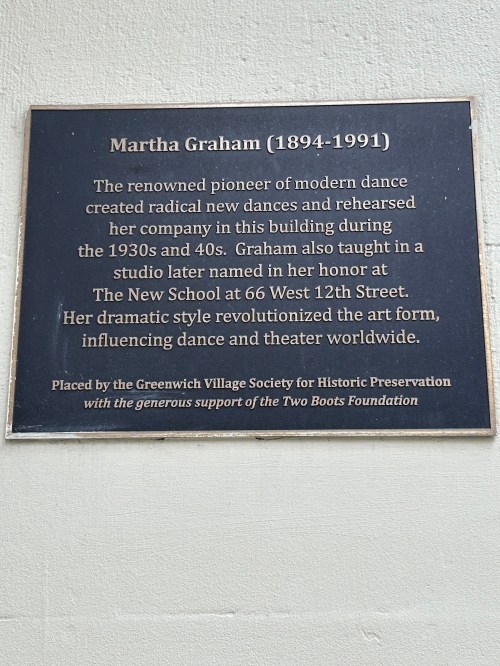Black History Month 2024 begins a week early this year at Mark’s Text Terminal. I have a five-lesson unit on British young adult novelist Alex Wheatle to offer for this year’s Black History Month. Since Weekly Texts publish on Fridays, and there are only four Fridays in February, well, here we are.
Have you (and I understand I have previously asked this question on this blog) watched Small Axe, Steve McQueen’s quintet of films about Britons of West Indian descent in London in the 1970s and 1980s? The Fourth film in the series, Alex Wheatle, is about its namesake. It’s a fine film and I can’t resist calling attention to the talents of its leading man, the sublime Sheyi Cole.
When I watched Alex Wheatle for the second time, I’d been casting my net for material relevant to the lives of my predominantly Afro-Caribbean students in South Central Brooklyn. Once I’d sussed out the real Alex Wheatle, his bona fides and his accomplishments, I knew I had the ingredients for an English Language Arts unit on literary history, and especially post-colonial literary history.
Because you may want to develop this unit further (and as always, I would be interested to hear where and how you think it might be expanded), let’s start with the planning materials. First, here is the unit plan with the usual explanations and justifications–backed, of course, with the Common Core Standards addressed therein. The aggregated text for the entire unit, that is the worksheets in each lesson, are in a 14-page document under that hyperlink. Should you decide to take this unit further (and I think there is plenty of room in it for expansion, or to link it to other films in the Small Axe suite), here are the lesson plan template and the worksheet template. Finally, where this unit’s infrastructure is concerned, here are some notes toward greater clarity in some of the issues this unit deals with.
OK, this first lesson is centered around “The Guns of Brixton,” a song by The Clash, that paints a grim picture of the South London neighborhood named in the song’s title. I open this lesson with this Cultural Literacy worksheet on colonialism. Here are the lyrics to “The Guns of Brixton.” which serve as the reading for this lesson. Finally, here is the comprehension and analysis worksheet that attends the reading.
At the risk of prolixity, I feel a need to justify the use of a song by The Clash, especially a song as bleak as “The Guns of Brixton,” as the opening lesson in this unit. The answer remains in formulation, but I can tell you that Paul Simonon, the bass player in the The Clash, grew up in Brixton and therefore around reggae music. The Clash loved reggae and wrote and recorded their own punked-up versions of it, and more faithfully to the genre, recorded the great songs “Armagideon Time,” written and originally recorded by Willie Williams, and which I occasionally hear to great delight playing in cars around Brooklyn, and “Bankrobber,” of which Clash confederate Mikey Dread recorded a dub version. Another reason to start with The Clash derives from the three-part documentary series from Steve McQueen, Uprising (which, incidentally, would be a place to start in expanding this unit, should you see fit: both Alex Wheatle and Linton Kwesi Johnson, whose poem “New Crass Massakah” is dealt with in lesson three of this unit, appear in these films, which backstops Small Axe nicely. In one of those films, one of the members of the British reggae band Steel Pulse (it might have been David Hinds–I watched these movies three years ago, and while I mean to return to them, I haven’t yet, so it also might have been one of the members of UB40) recounts that at street demonstrations against police brutality, racism, and the general political horror of the National Front that preceded the 1981 Brixton Riot (which its participants probably more rightly call an uprising), he was surprised to see white punk-rockers among the demonstrators. The Clash certainly made no secret of their own generally leftist and specifically anti-racist politics. And let’s not forget Rock Against Racism, an organization made up of musical stars across genres in Britain, which was in its heyday in the late 1970s and early 1980s. In fact, it occurs to me as I write this, it wouldn’t be hard to come up with a lesson on building political and social coalitions using Rock Against Racism as a model.
OK, enough said.
If you find typos in these documents, I would appreciate a notification. And, as always, if you find this material useful in your practice, I would be grateful to hear what you think of it. I seek your peer review.



You must be logged in to post a comment.